Motorcycles have come a long way since their inception, but few vehicles are as emblematic of early innovation as the Roper Steam Velocipede. Often regarded as one of the earliest forms of motorized bicycles, it was not merely a precursor to the modern motorcycle—it was the starting point for an entire category of vehicles. Created by Sylvester Roper in the late 19th century, the Steam Velocipede changed the course of transportation, blending steam technology with human-powered innovation. While we may argue about what defines a motorcycle, the Roper Steam Velocipede’s contribution is undeniable.
The Birth of the Roper Steam Velocipede
Sylvester Roper, an American inventor from Boston, was no stranger to mechanical engineering. Known for his patents in a variety of industries, from firearms to industrial machinery, Roper’s most notable achievement came in 1867 when he created the Roper Steam Velocipede. At a time when the word “motorcycle” hadn’t even entered the lexicon, Roper’s invention could be classified as a steam-powered bicycle. While some argue over the exact definition of the first motorcycle, it is clear that the Roper Steam Velocipede—alongside the Michaux-Perreaux Steam Velocipede from France—paved the way for all future motorized two-wheelers.
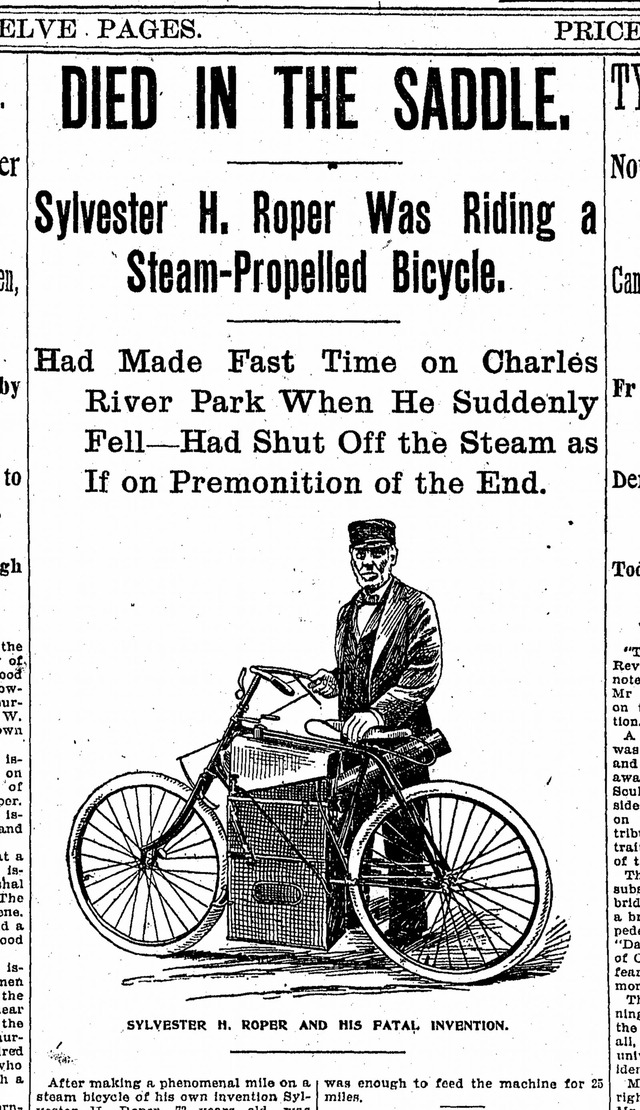
Roper’s Steam Velocipede was revolutionary. He designed a motorized bicycle with a custom-built steel and hickory wood frame, a unique throttle system, and steam pistons driving the rear wheel. This early vehicle might look primitive to our modern eyes, but it represented an enormous leap forward in combining steam power with human transportation. In fact, some historians even consider it to be the first motorcycle ever made.
Video
Check out the video to see the world’s first steam motorcycle, the ROPER from 1869!
The Design and Mechanics of the Roper Steam Velocipede
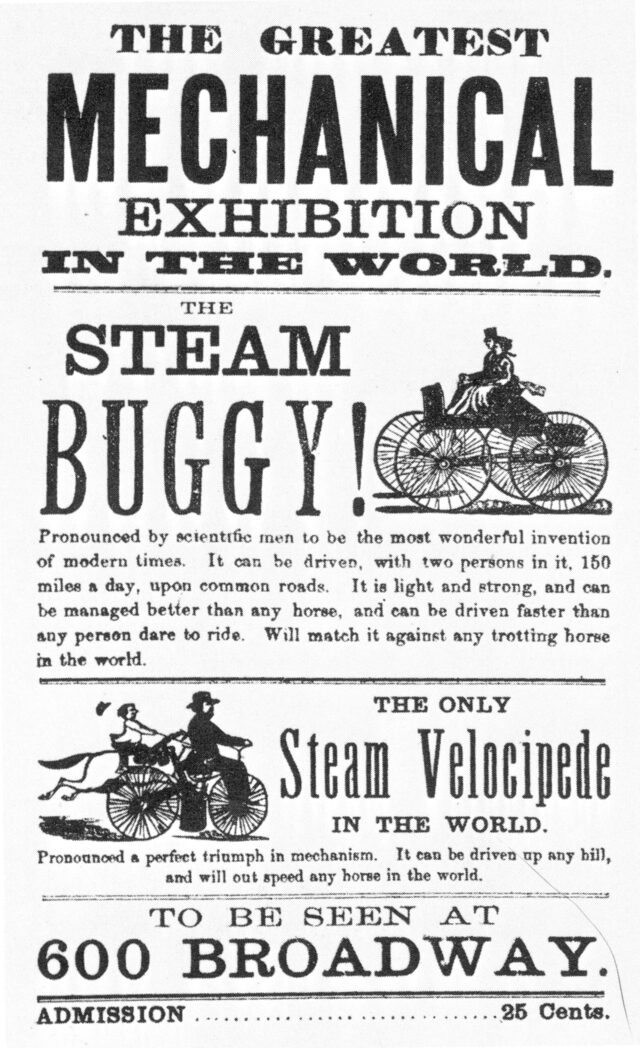
One of the most fascinating aspects of the Roper Steam Velocipede is its design. Unlike most early vehicles, Roper didn’t just modify existing bicycle parts to create his machine—he reimagined the very concept of two-wheeled transport. The frame was crafted from a mix of steel and hickory wood, a deliberate choice to provide both durability and flexibility. Roper’s early motorcycle featured a rotating handlebar that acted as both the throttle and brake, an innovation that foreshadowed the twist-grip throttles we now associate with modern motorcycles.
But the true ingenuity lay in the steam engine itself. The steam boiler was placed low between the front and rear wheels, with the chimney extending behind the rider. Two steam pistons were attached to the rear wheel via cranks, directly driving the wheel with steam power. Exhaust steam was expelled through the chimney, completing the cycle. This design allowed Roper to build a motorized bicycle that could reach speeds of up to 40 mph—a remarkable achievement at the time.
What truly set Roper’s creation apart was its simplicity. The seat, positioned near the front handlebars, doubled as a water tank for the steam engine, and a simple hand pump was used to transfer water into the boiler. Roper’s attention to detail and practical engineering made his creation not only functional but innovative. While it lacked the efficiency and speed of today’s motorcycles, it marked the first steps toward the machine that would later dominate the world of transportation.
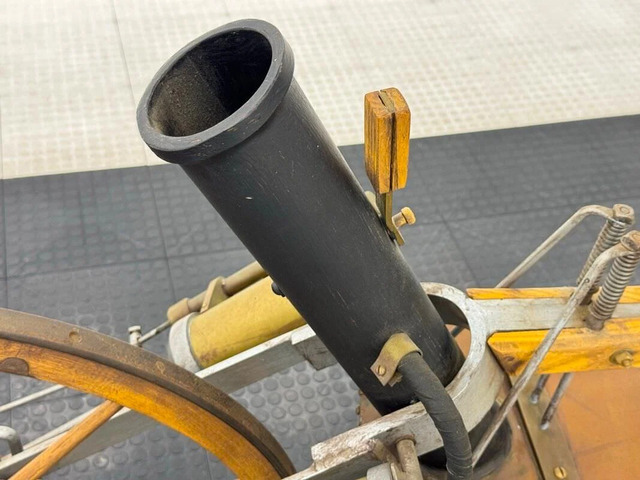
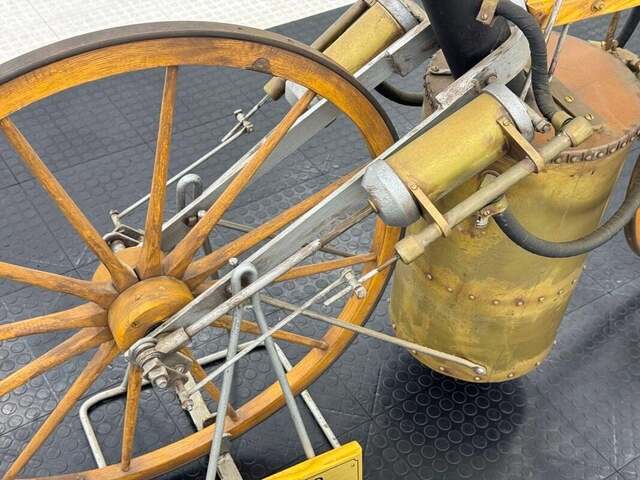
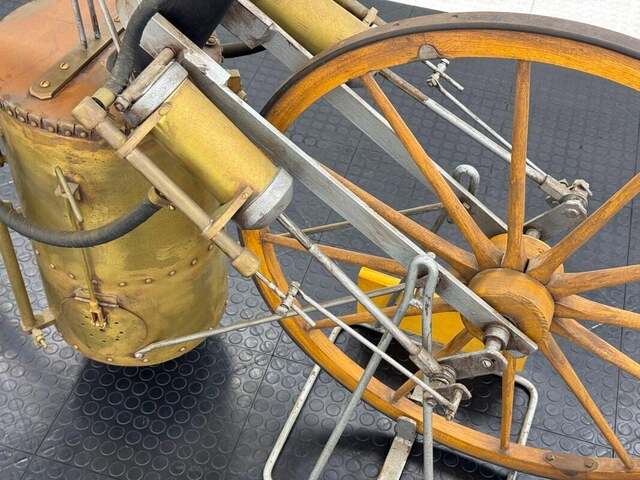
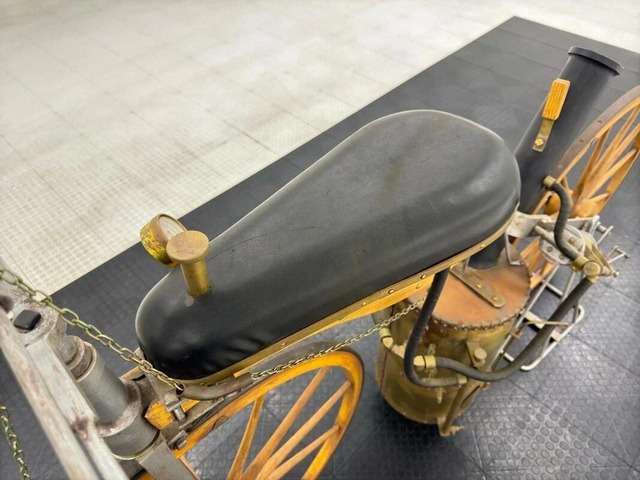
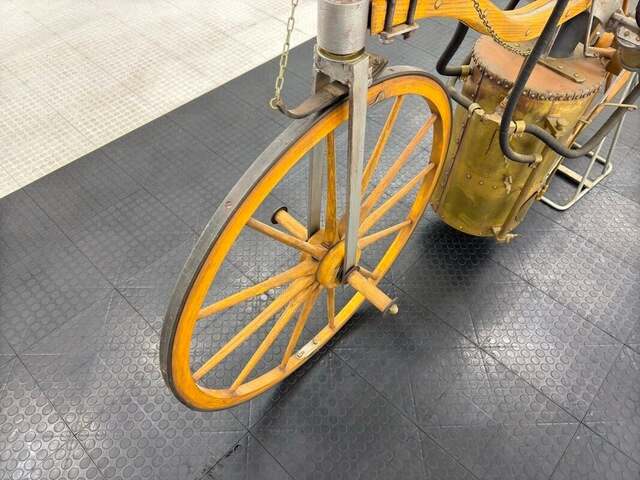
The Impact of the Roper Steam Velocipede on Early Motorcycling
While the Roper Steam Velocipede didn’t immediately revolutionize transportation, it attracted significant attention in the media and public exhibitions, particularly for its speed and novelty. Riding around in public demonstrations, Roper showcased the incredible potential of a steam-powered two-wheeler, catching the imagination of early motoring enthusiasts. But while Roper’s invention was admired, some historians are hesitant to call it a motorcycle, as the term was not yet coined, and its steam-powered engine was not internal combustion—a trait typically associated with modern motorcycles.
Despite the debate, it is hard to argue that the Roper Steam Velocipede wasn’t an essential piece of the puzzle that would eventually lead to the development of the modern motorcycle. Roper set a new precedent for motorized bicycles and two-wheeled vehicles, inspiring future inventors and engineers to continue refining the concept. His work led to innovations like the twist-grip throttle, which is now standard on all motorcycles. Additionally, his steam-powered technology would soon inspire the shift toward internal combustion engines and pave the way for the fast, sleek motorcycles we see today.
The Second Generation of the Steam Velocipede
In 1884, Roper developed a more advanced version of his invention. This new version, commissioned by Colonel Albert Pope of the Pope Manufacturing Company, was designed to serve as a pace car for Pope’s bicycle racing team. The second-generation model improved upon the original by enhancing the design for greater speed and stability. It was faster and more reliable, making it the perfect choice for a high-speed demonstration.
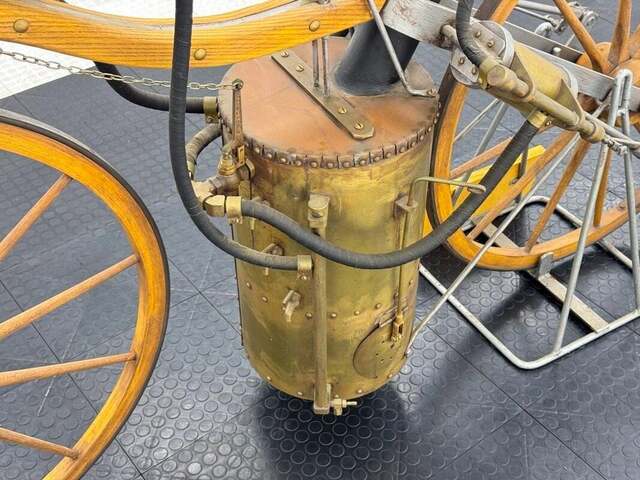
However, Roper’s tragic death during one of these demonstrations left an indelible mark on the history of early motorcycles. While racing the second-generation Steam Velocipede, Roper reportedly reached 40 mph, an impressive speed for the time. However, during the trial, Roper was struck with a heart attack, collapsing at the Charles River velodrome in 1896. Despite the tragedy, Roper’s legacy lived on, and his invention continued to inspire generations of motor enthusiasts and inventors.
The Roper Steam Velocipede Replica
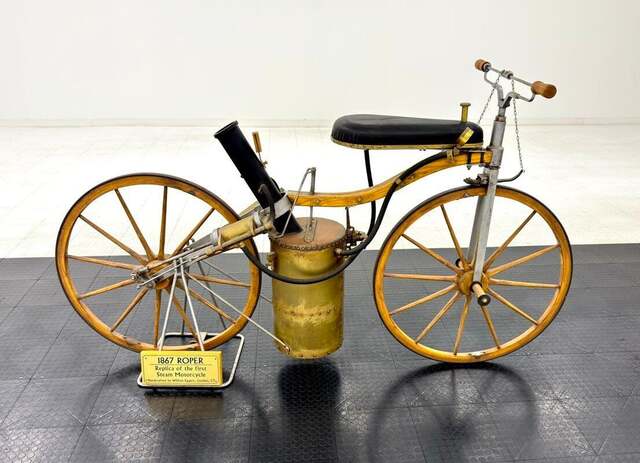
Today, replicas of Roper’s Steam Velocipede are built with the same attention to detail and craftsmanship that the inventor himself might have employed. One such replica was constructed by William Eggers, a master craftsman based in Goshen, Connecticut. Eggers meticulously recreated the 1867 Roper Steam Velocipede, preserving every tiny detail of the original design. The replica uses the same materials and engineering principles to recreate the experience of riding one of the earliest motorized bicycles.
Eggers, who has built several historically significant vehicles, has earned a reputation for his dedication to preserving the details of early machines. His work is highly regarded in museum circles, and many of his builds end up on permanent display in museums across the country. This Roper Steam Velocipede replica provides an opportunity for collectors to own a piece of motorized history and experience the ingenuity of Sylvester Roper firsthand.
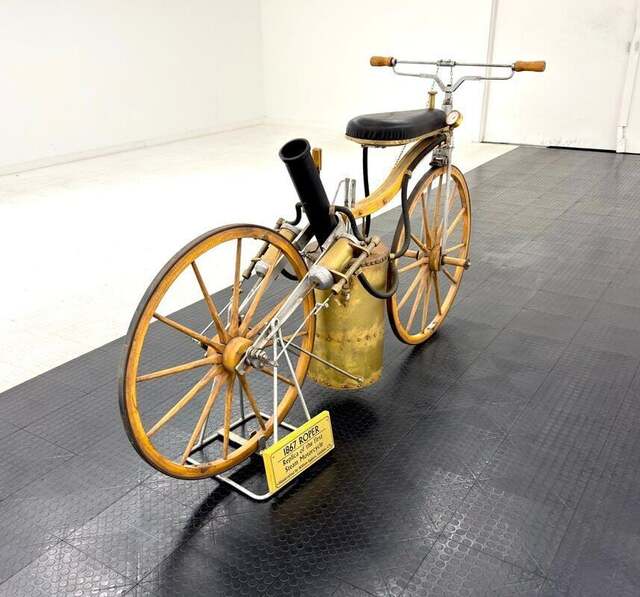
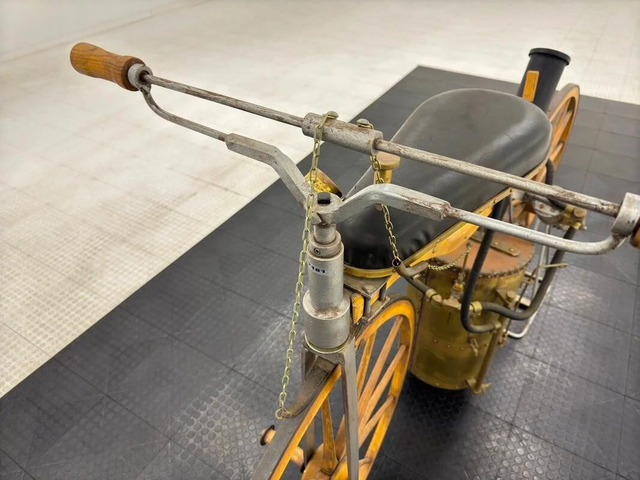
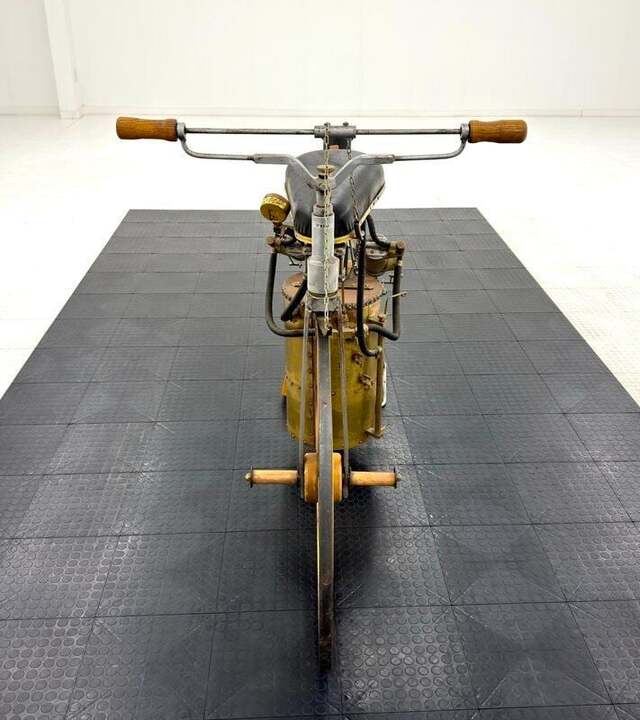

Where Is the Roper Steam Velocipede Today?

The original Roper Steam Velocipede continues to hold an important place in the world of historical vehicles. A model from 1869 is on permanent display at the Smithsonian Institution, and the original from 1867 is widely considered one of the most important pieces of early motorized vehicle history. Some of Roper’s later models have also been exhibited in prestigious venues, such as the Guggenheim Museum’s “The Art of the Motorcycle” exhibition in Las Vegas.
As time passes, the Roper Steam Velocipede stands as a testament to the foresight of its creator. It also highlights the ingenuity that has driven the evolution of motorcycles and motorized vehicles over the years.
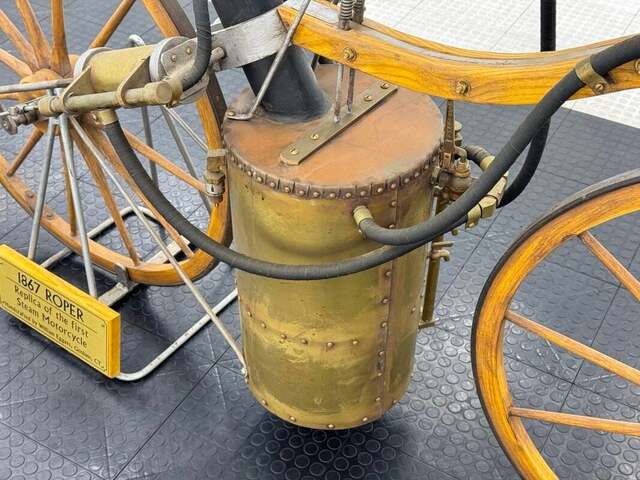
Video
Watch the video to experience riding the weirdest steam motorcycle ever invented!
Conclusion: The Enduring Legacy of the Roper Steam Velocipede
The Roper Steam Velocipede was not just a steam-powered bicycle; it was the start of an entirely new era in transportation. Its innovation and influence paved the way for the development of motorcycles, showing that even in the 1860s, engineers and inventors were dreaming of a future on two wheels. While debates about the definition of a motorcycle may continue, there is no doubt that Sylvester Roper’s invention played a critical role in shaping the world of motorized vehicles.
The Steam Velocipede was the beginning of a journey that would eventually lead to the high-speed, high-performance motorcycles we know today. And, as more replicas are built and displayed in museums, Roper’s legacy continues to inspire and remind us of the humble origins of the motorcycle.



